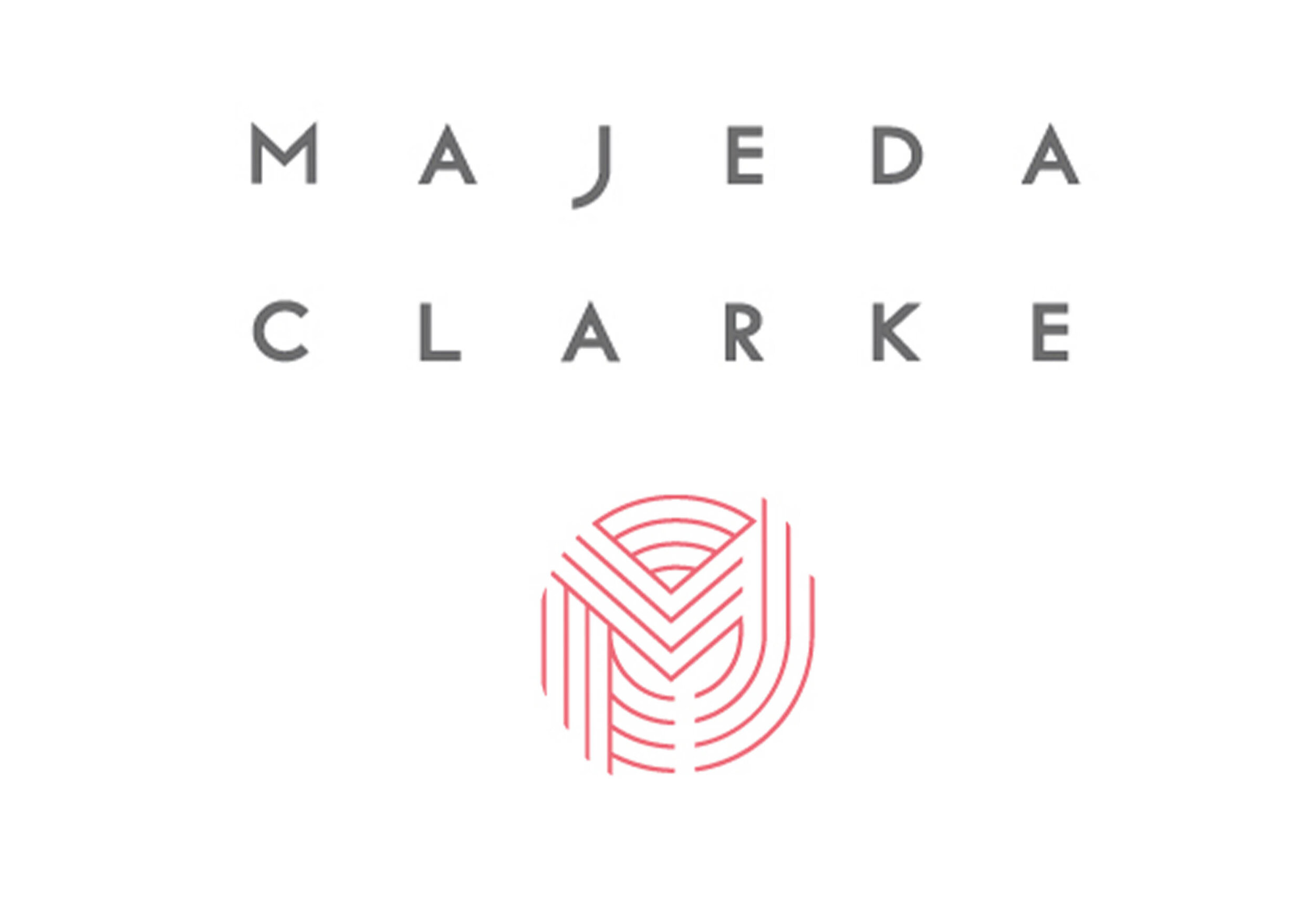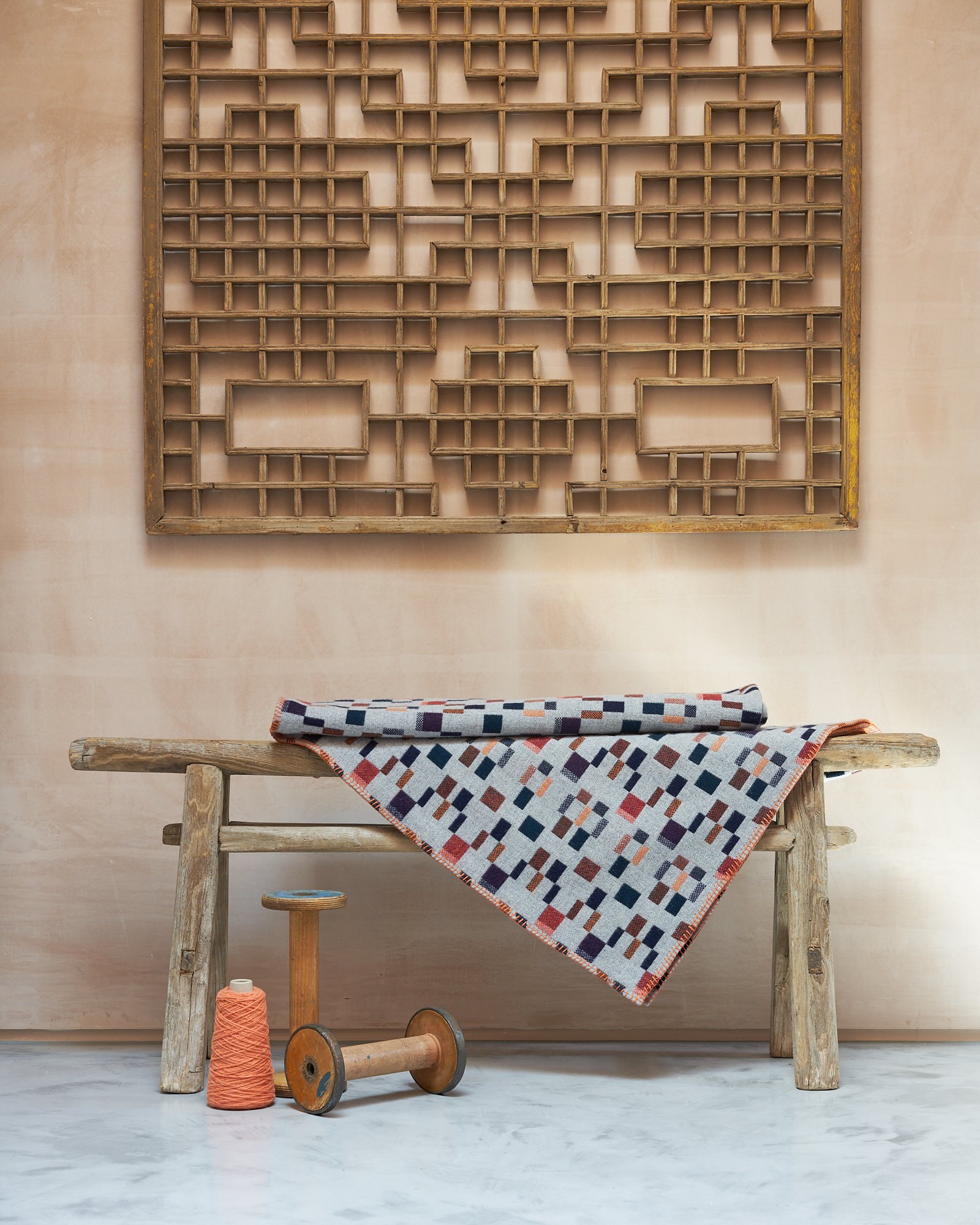our Process
Design
From painting colour swatches to exploring archives.The starting point is determined by the nature of the collection, whether a collaboration, commission or new collection. For example in the Explorer’s Collection we looked through Carlowrie Castle’s Isobel Wylie Hutchison archives, in particular, an intricately beaded collar which was gifted to her by the Inuits. This consequently became the pattern for the weave structure.
Sampling
Our studio in Cockpit Bloomsbury has an Arm Loom where creating samples offers us the chance to play with colours. Most of our collections are double cloth which allows us to create beautifully strong colour blocks. It can throw up lovely mixtures of strong or subtle colours but double cloth can also create undesirable colours! We use the sampling to work out new patterns and colour although often pattern or colour combinations can change for the final design.
Spinning
The yarn we use embodies the quality of the product we produce. We work with a family owned spinners, founded in the 1700s in Huddersfield, who use the finest raw materials to create the highest quality yarns. Always striving to improve their environmental impact, they do not use hazardous dyes or allergy inducing products and are constantly striving to decrease their carbon footprint and energy consumption.












